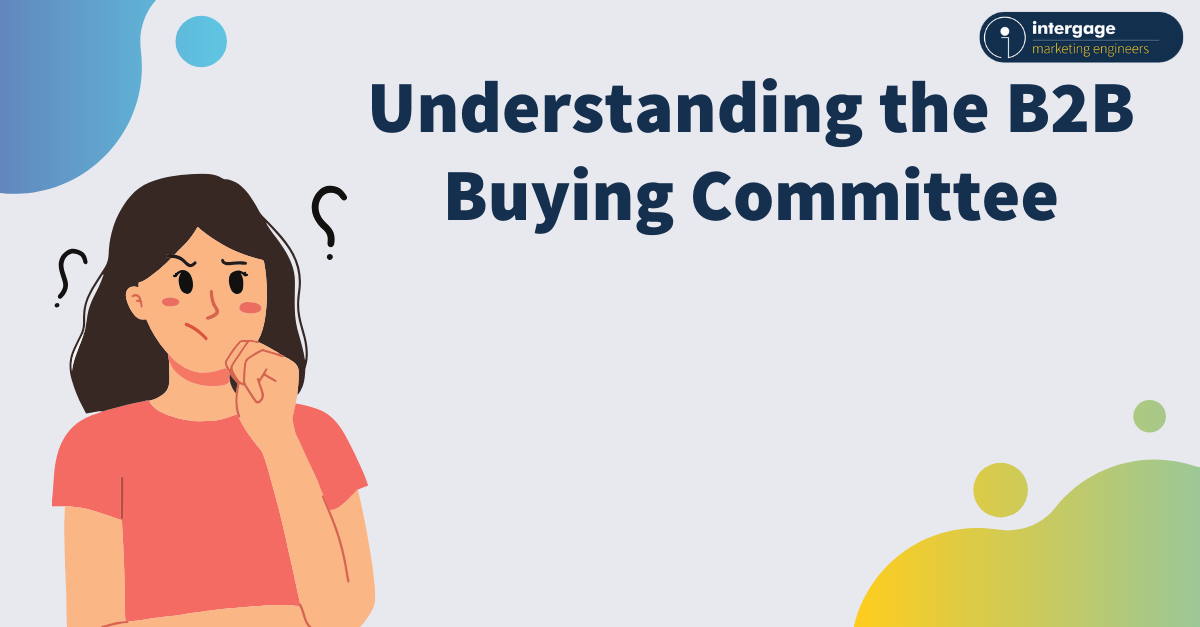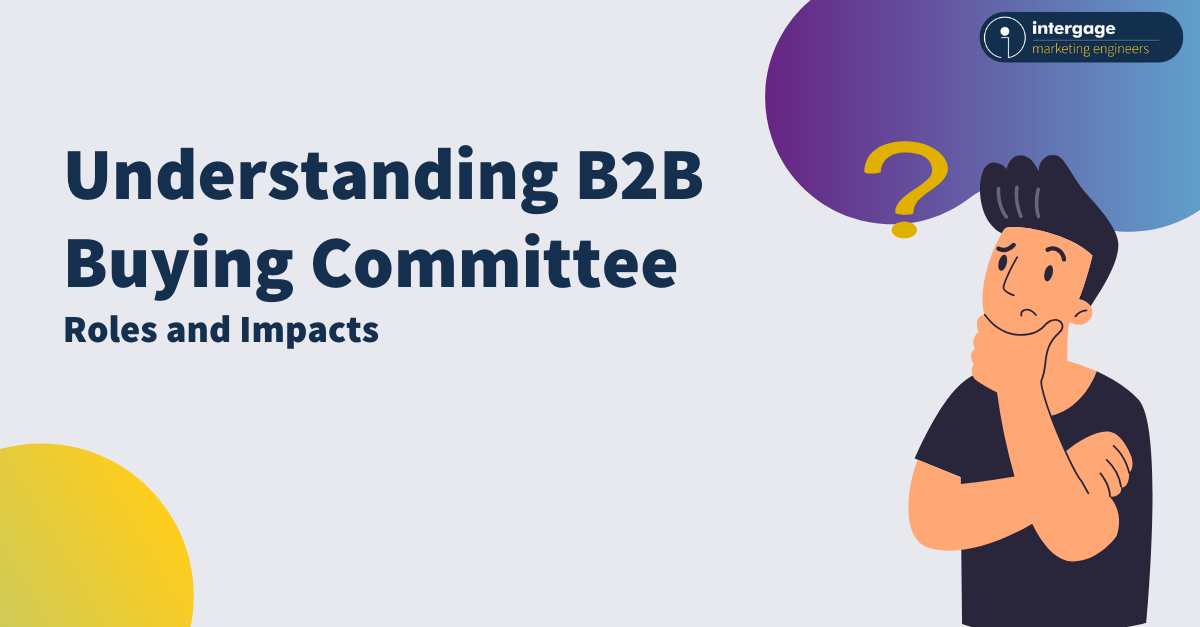How to navigate buying committee dynamics and build consensus
Trying to understand how to best navigate the intricate world of buying committees can feel like deciphering a code at GCHQ. Each committee member, with their unique roles and perspectives, plays a critical part in shaping the decision-making process.
The worst part? Neither you nor I actually know for certain what’s happening in their heads.
Picture this: you're facing a buying committee composed of individuals from various departments, each with their own priorities and objectives. The CFO is focused on cost savings, the CTO on innovation, and other members on different aspects of the decision.
Conflicting interests are almost inevitable. Let’s unravel the complexities of buying committee dynamics and explore the art of building consensus, all while ensuring we keep a human touch.
Understanding the challenges
Before we dive into solutions, let's shine a light on the challenges. These conflicts often arise from:
- Competing Interests: Committee members may have different priorities and objectives based on their roles and departments. What's essential for the CFO may not align with the IT director's needs, leading to clashes.
- Power Dynamics: Hierarchies within organisations can create power struggles. Senior executives may attempt to assert dominance, while others may resist, causing friction.
- Information Asymmetry: Not all committee members may have access to the same information or insights. This imbalance can lead to misunderstandings and disagreements.
Crafting a consensus
Now that we've identified the obstacles, let's explore strategies to nurture collaboration, align goals, and build consensus within buying committees:
Transparency is Vital: Start with open and transparent communication. Ensure that all committee members have access to the same information and data, reducing information asymmetry. Make sure no one is left out of the loop.
Clarify Roles and Responsibilities: Define each committee member's roles and responsibilities clearly. This clarity can help mitigate power struggles and ensure everyone understands their contributions to the decision.
Guided Discussions: Consider introducing a skilled moderator or facilitator during committee meetings. Their role is to ensure that discussions remain productive and respectful, guiding conversations and redirecting if conflicts arise.
Embrace Active Listening: Encourage active listening among committee members. Each person's viewpoint is valuable, and active listening can help bridge gaps and find common ground.
Strategies for Finding Harmony Among Differing Perspectives: Building consensus often requires finding common ground among differing viewpoints. Here are some techniques to achieve this:
Emphasise Shared Goals: Identify shared goals and objectives that align with the organisation's overall mission. Emphasise how the proposed solution benefits everyone in achieving these objectives.
Flexibility and Compromise: Encourage committee members to be flexible and open to compromise. Sometimes, a solution that satisfies everyone partially can be more effective than one that satisfies one party completely.
Leverage Data-Driven Insights: Use data and analytics to support your proposals. Data provides an objective basis for decision-making and can help sway opinions.
Harmony in diversity
In the intricate world of buying committees, conflicts may arise, but they don’t need to (and hopefully shouldn’t) obstruct progress. With the right strategies and a focus on aligning goals and priorities, consensus can be reached. Remember that successful B2B selling is now about people-to-people sales, and understanding the individual specifics relevant to each committee member is crucial.
Building consensus takes effort, but the benefits are substantial:
- Because your engagement strategy provides a path to understanding everyone’s decision recommendation, you’re likely to close more deals.
- As you address and overcome previously unknown obstacles, you will have fewer deals falling through or being rejected.
- Your company can produce highly productive deal reviews based on a new, greater understanding of each committee member's needs and motivations.
In today's challenging business landscape, knowing "who" is involved and "what" is important to set you in good stead to navigate and manage buying committees effectively. Don't just seek that individual "yes" from a decision-maker; aim for "yeses" from everyone. It may require more work, but in competitive markets, every small differentiator counts.
As the buying journey continues to change and evolve, sellers need to keep up. Understanding the decision modes of buying committees and employing the right strategies will give you a good foundation, ready to win more business.
If you'd like to learn more about the buying committee and how to effectively enable your buyers, take a look at our buyer enablement guide.




